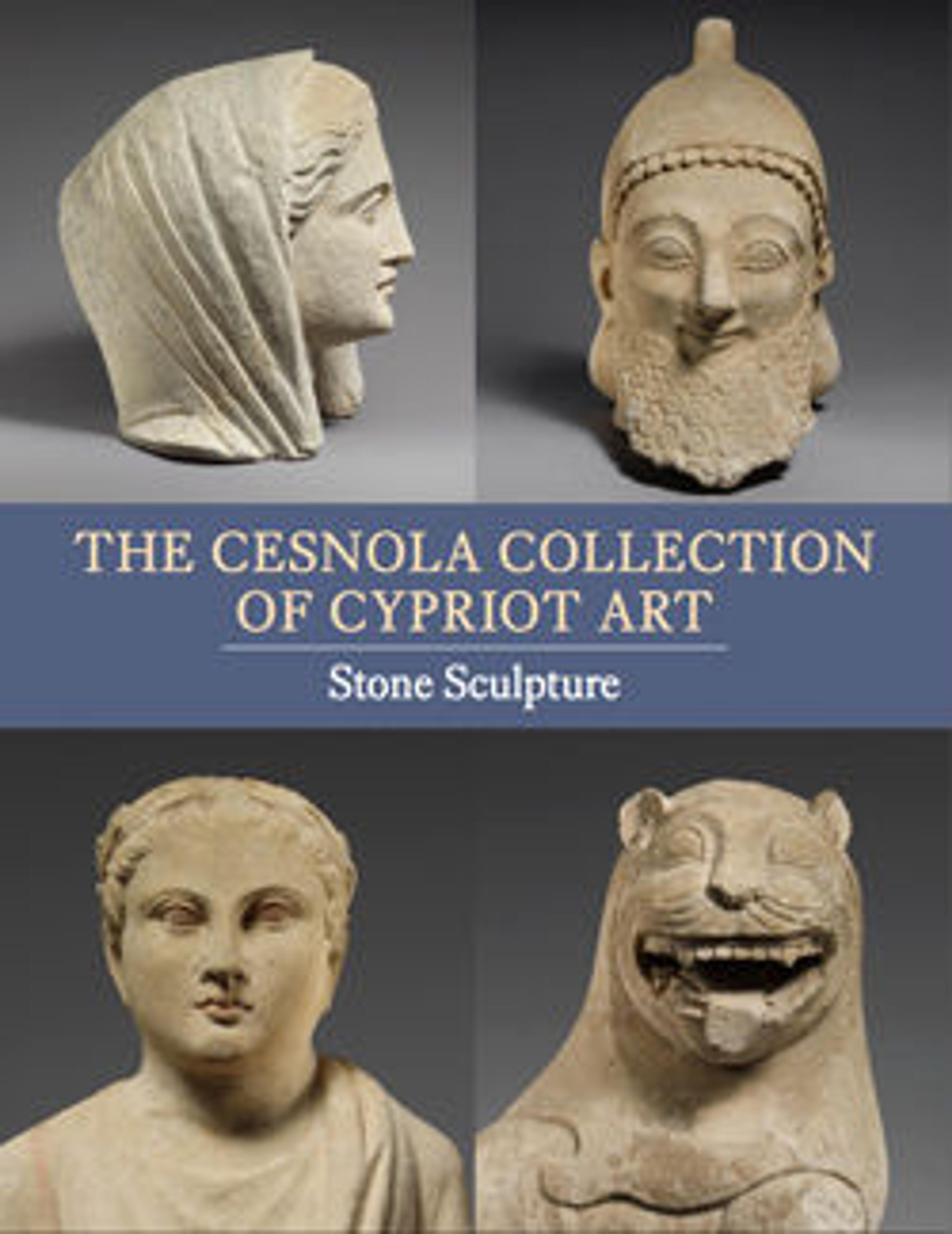Limestone statue of Herakles
In the late sixth century B.C. a local Cypriot god was assimilated with the powerful animal-slaying Greek hero, Herakles. On Cyprus he is shown bearded or beardless, wearing a lion's skin and a short tunic and holding a miniature lion in his hand. Herakles was the male divinity most often represented in Cypriot sanctuaries. In the Classical period, King Evagoras of Salamis placed images of Herakles as a Panhellenic hero on his coinage. At the same time the Phoenician kings at Kition identified him with the Phoenician god, Melqart, who was worshiped at Kition.
Artwork Details
- Title: Limestone statue of Herakles
- Period: Classical
- Date: 2nd half of the 4th century BCE
- Culture: Cypriot
- Medium: Limestone
- Dimensions: WebPub GR 2012 Cesnola: 21 3/8 × 8 × 2 3/4 in., 14 lb. (54.3 × 20.3 × 7 cm, 6.4 kg)
- Classification: Stone Sculpture
- Credit Line: The Cesnola Collection, Purchased by subscription, 1874–76
- Object Number: 74.51.2660
- Curatorial Department: Greek and Roman Art
More Artwork
Research Resources
The Met provides unparalleled resources for research and welcomes an international community of students and scholars. The Met's Open Access API is where creators and researchers can connect to the The Met collection. Open Access data and public domain images are available for unrestricted commercial and noncommercial use without permission or fee.
To request images under copyright and other restrictions, please use this Image Request form.
Feedback
We continue to research and examine historical and cultural context for objects in The Met collection. If you have comments or questions about this object record, please contact us using the form below. The Museum looks forward to receiving your comments.
